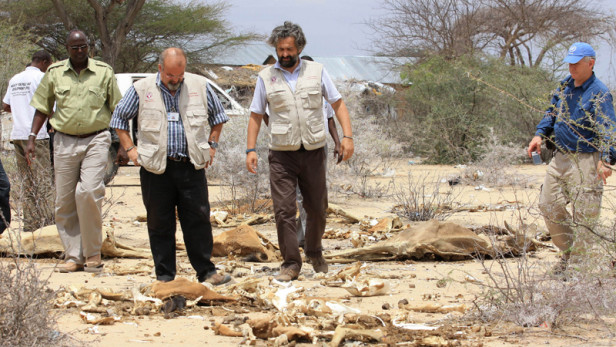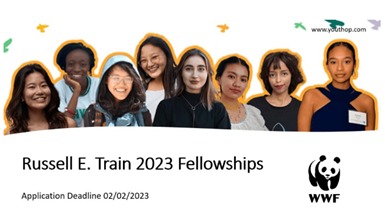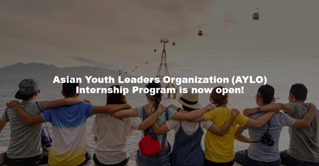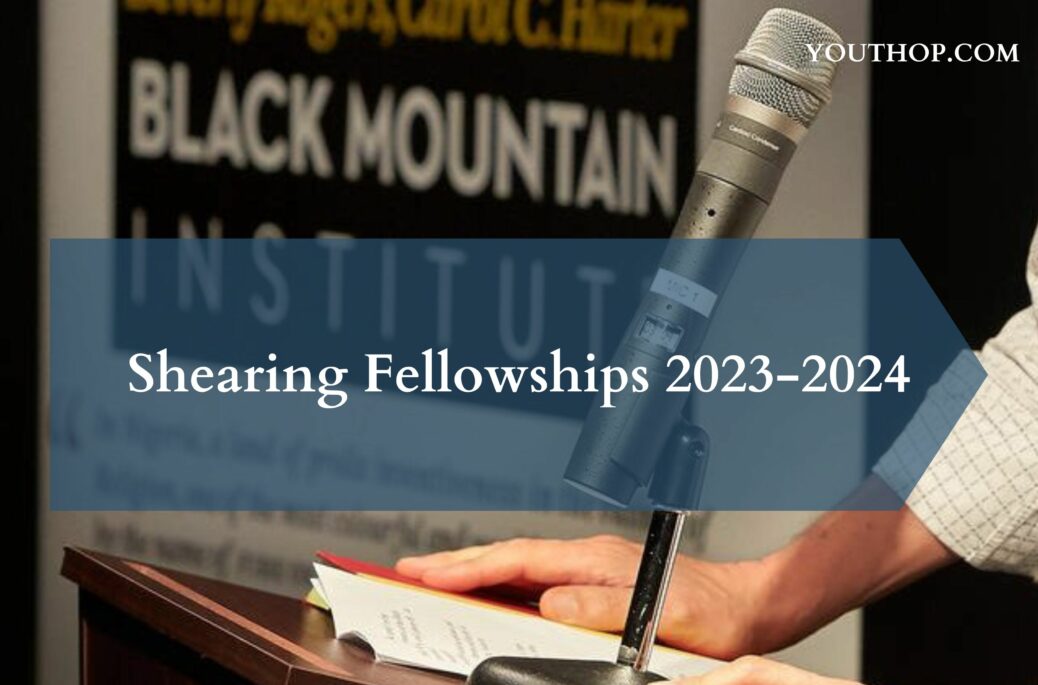Resilience? It's all about the people
November 12, 2015

In an emergency, the primary response to a crisis is a humanitarian one.
This is by default a short-term response, when most of the problems are long-term, according to Luca Alinovi, senior emergency and rehabilitation coordinator at the United Nations Food and Agriculture Organization.
But with resilience going mainstream in recent years, the tables have turned and some forward-thinking global development professionals are proposing a wholly new approach to previously intractable problems.
An indication of how resilience has risen to prominence is its implicit and explicit inclusion in the Sustainable Development Goals. Indeed, target 1.5 is dedicated to building resilience of the poor and those in vulnerable situations, reducing their vulnerability to shocks and disasters.
The real proof of concept, however, only comes when theory turns into practice and resilience-based programs are applied in the field, where practitioners can get a sense of what is successful and what is not.
People-centric approach
Until recently, the general rhetoric behind emergency intervention has been that disasters only have a negative impact on the affected population. However, according to Alinovi, this is not always the case: “Yes, there are a lot of people suffering, but there are also people who are doing better, and we don’t look at those who do better to understand what we need to do, in turn, for this to continue.”
He cites the example of Somalia that, despite the decade-long conflict and droughts, was still the leading livestock exporter in Africa in 2011 during the declared famine. Three years later, the country reached a record 5 million livestock exports, thanks to FAO’s heavy investments in livestock disease prevention, backed by the European Union, including the European Commission’s humanitarian aid and civil protection department and the United Kingdom’s Department for International Development. Resilience work in conflict settings is important, Alinovi said, believing that it may be limiting to think that development programs can only be applied once there is peace.
Alinovi’s work is driven by two questions: How can we use development opportunities in the specific context of those conditions, with a lot of limiting factors? And how can we use development opportunities to bring peace rather than the contrary?
The FAO official warns that resilience should not be seen as an abstract concept, but rather a very practical one. It is not, he said, about making people resilient, but instead working on their already existing ability to survive in dire situations, and making that easier for them.
As an economist by training, Alinovi believes that economic empowerment is key for development, and that creating an economic space for people to experiment and thrive in is at the heart of the resilience concept. FAO’s conservation agriculture project in Kenya, in partnership with the World Food Program and International Fund for Agriculture and Development, which has reached around 50,000 farmers in Kenya to date, is an example of how the creation of economic opportunities can lead to resilience.
The three-year project aims to increase productivity and profitability of smallholder farmers through promotion and scaling up “good agricultural practice and conservation agriculture in productive semi-arid areas of Kenya,” with a budget of 9.5 million euros ($10.21 million).
This is where FAO’s partnership with the Dutch Rabobank Foundation has proven essential in improving smallholder farmers’ incomes, access to financial tools and ability to invest in more efficient production of food crops. In Kenya, farmers working with the project now have increased access to credit to acquire agricultural inputs or take loans in the form of seeds.
Following this example, Alinovi believes that the private sector should become a leading driver of resilience. Quoting Zia Khan from the Global Partnership for Resilience, he mentions that in the past couple of years, the social dimension of the private sector has moved away from being strictly philanthropic. Businesses have shown that it is possible to achieve economic results, while having a positive impact on the local society and economy.
Importance of partnership
The current approach to global development, Alinovi argued, is based on the assumption that people are not able to handle sudden changes. In future, however, the development sector will play more of a neutral broker or facilitator role between people and businesses or governments, rather than the main interlocutor.
Resilience, Alinovi said, requires a multisectoral approach. No single agency has the capacity to address all dimensions, which range from providing basic social services — education, infrastructure, access to market — to social protection, economic empowerment and providing institutional support. All of these dimensions, he said, require different capacities, with partnership the recipe for success — and a new development paradigm.
In addition, the FAO official said it was critical for practitioners to “keep up with and participate in emerging trends” in development. For example, countries in the Horn of Africa have joined forces to strengthen resilience in the region through a program titled the Igad Drought Disaster Resilience Sustainability Initiative. This partnership, he said, presents a significant opportunity for professionals working in the region, providing an already established platform to work with governments on resilience programs.
Before focusing his attentions on resilience two years ago, Alinovi headed up FAO’s Somalia office in Nairobi, Kenya, which is where he began experimenting with resilience approaches in emergencies. He admits that the biggest challenge faced so far has been to help the aid community in genuinely aligning and committing to a common objective. This is because of the very strict structures that the “big machines” of the international community and could jeopardize the success of resilience as an emerging approach for global development.
One of the great risks of working in resilience is what Alinovi calls the “micronization” of it: to lose the essence of what resilience really is. “Everybody now uses the jargon, but the risk of losing the heart of the concept of resilience is big,” he said. “To succeed in this common journey towards a successful resilience approach, development practitioners need to work together and converge to a final goal that is centered on people.”
And his advice to decision makers and practitioners in applying a resilience approach in the new framework? Not to fear failure.
Failure, he said, can be used as a learning path to do the right thing — what he dubs the “Forrest Gump” approach: “At a certain moment, you start to run. And when you run, others follow.”
Source; Devex.com



















